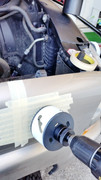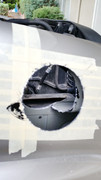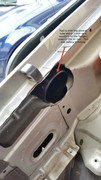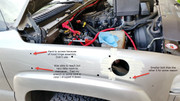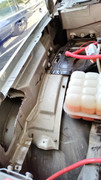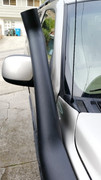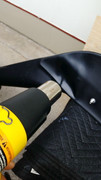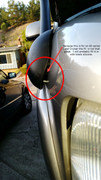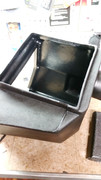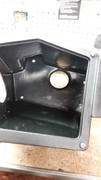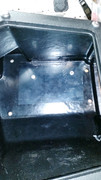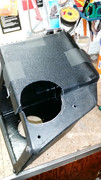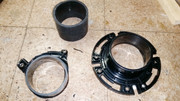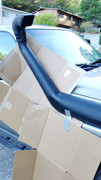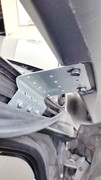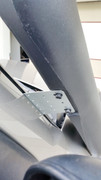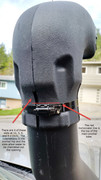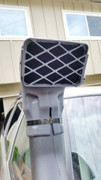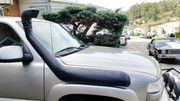Jelorian
Adventurer
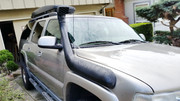
WARNING! Looong Post!!
TL;DR - Installed a snorkel on my 2003 Suburban Z71. Pic above.
So I finally got around to doing a snorkel install on my 2003 Suburban. The steps should be very similar across all of the various vehicles based on the GMT800 platform running the 5.3L V8. I'm not familiar with the other engines offered for the GMT800 series so I cannot comment there, but I suspect the layout of the air box location is very similar. YMMV!
I know that there are many different ways I could have done this. Some methods, techniques, and materials being different and possibly a lot easier than others. However, this is the method I went with with the materials I had access to and the tools I had on hand (or bought for the job...I love excuses to by tools...especially power tools!)
After being inspired and seeing the pics of 02TahoeMD's Tahoe as well as reading other write ups on the interwebs, I knew I had to do mine as well. Like mentioned eariler, I love any excuse to go buy more tools! I ended up getting a small compressor from California Air Tools, with the idea that I'd use an air chisel for the inner layers of sheet metal in the engine compartment, and air chisel from Harbor Freight, a sawzall, and a bi-metal hole saw kit.
I did some research and decided I wanted to try mine with the 80 series snorkel instead of the 60 series like 02TahoeMD's. The snorkel for the 80 series Land Cruisers are a bit longer than the 60 series reaching all the way to just outside the air box. This cuts out having to run flex tubing from the 60 series snorkel tube's entry point in the fender to the air box.
So I ordered a knock-off from Amazon.com as well as a Volant Cold Air Intake. The snorkel kit was only $68 shipped with Prime membership. $68 vs $400+ is a no brainer for me. At that super low price you can totally mess up on one (more on this later) and have money left over to buy a new one and still come out WAY ahead than if going with the real deal. While I would love to support the effort and engineering it took to create the original, I can't justify it especially when it wasn't even made for my vehicle originally.
I was pleasantly surprised at the initial quality of the snorkel. Only time will tell if it holds up, especially to UV, but I suspect it will do just fine. The plastic was marked LLDPE which is supposed to be more impact and puncture resistant than LDPE.
Info on that here. http://www.usplastic.com/knowledgebase/article.aspx?contentkey=508
Parts and tools for this mod with part numbers and place of purchase.
1. Volant Cold Air Intake - Part. No. 151536 (or any other CAI that has an enclosed box) - $254.06 with Prime Membership
2. TMS Snorkel Air Ram Intake Kit for 90-97 Toyota 80 Series Land Cruiser - $68 with Prime Membership. EDIT: As of 11/1/2016 the price has gone up to $71.95. No longer a Prime item but shipping is still free.
There is another seller on Amazon that sells what I think is the exact same snorkel. - $69.95 with Prime Membership.
3. 8"x10" sheet of ABS plastic from Tap Plastics - $1.00 - these guys have brick and mortar stores along the west coast of the US.
Used to seal the fender side opening in the Volant air box.
4. 5" x 7" sheet of ABS plastic from Tap Plastics - they gave it to me free!
This is used to cover the 3.5 inch hole in the bottom of the air box.
5. Tube of black silicone glue - had some left over
6. Screws and bolts to attach the ABS sheet to the Volant air box
7. Rustoleum paint to rust proof all the exposed metal from cutting/drilling
8. A 3 1/8" x 7" nail tie plate from Home Depot
9. Bi-metal hole saw kit from Harbor Freight
10. 3 1/2" hole saw from Lowes (similar to Home Depot)
11. 3" flange from Home Depot.
12. Blood sacrifice in the form of being cut by sharp sheetmetal.
Last edited:

